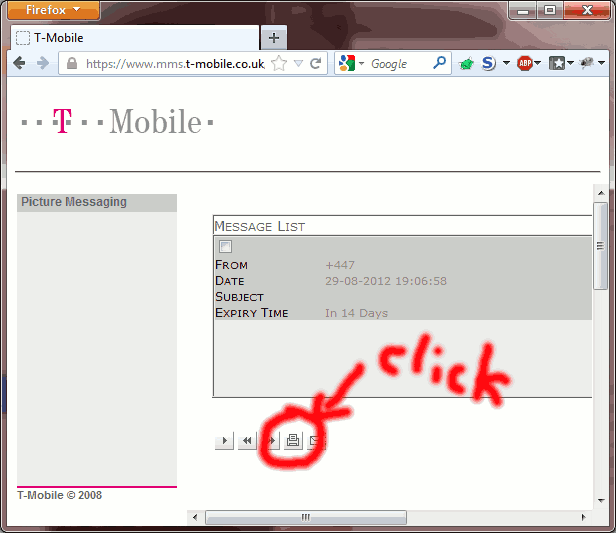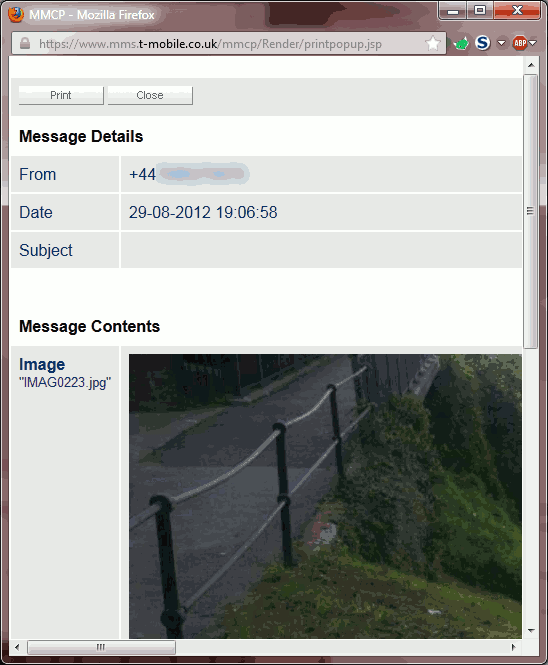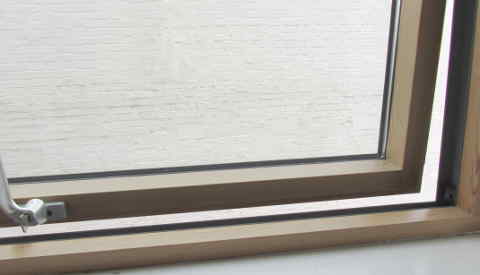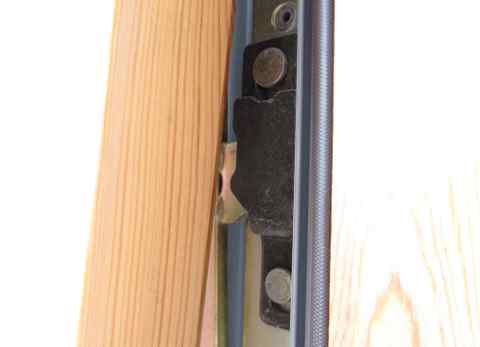I’ve seen forum posts ask about how one can open a port on their router to forward to their PS3 (for example) and so I’ve decided to put together this quick how-to with the web interface the router provides.
In this example we’ll open port 80 (the HTTP port) from the outside world and re-direct any traffic that comes in to a specific machine in our local network. In this example it is assumed that the address of the router is 192.168.1.1 and that the local machine in our network (the HTTP server) will be on 192.168.1.3. Your specific network may be different – your PS3 might be on a different IP address internally and the port you want to use might be 5223 – and if you have several ports you’ll have to go through these stages for each port.
The following figure illustrates the connection from the Internet to the device you are wanting to forward traffic to:

Connection Diagram of Port Forward through OpenWRT Router
Open a web browser page to the router (this usually requires visiting something like http://192.168.1.1/ or whatever you picked for your router) and then logging in.
Next select the “Network” tab at the top of the page, and then “Firewall” sub tab.

Select the Network tab at the top of the page, then the Firewall sub-tab
About halfway down the Firewall page there will be a box titled “Redirections”. Find it and press the
“Add” button.

Find the Redirections box in the Firewall page and press the Add button
Now give your new port-forwarding rule a name – it can be anything – for example in this case “incoming_80” was chosen. Next you can decide which protocols to forward – you can choose TCP, UDP, or TCP AND UDP (TCP+UDP). If you don’t know – pick TCP+UDP.

Choose a name for the new port-forwarding rule and which protocols to forward
Then you must pick the port to forward (i.e. incoming packets to the router hitting this port will be forwarded.. usually it is the same number as the port of your internal device you want forwarded). In this case it is port 80. Then you have to pick the IP address of your internal device (e.g. web server, PS3) to forward the packet to – OpenWRT will offer a drop-down list of IP addresses it has detected on your internal network to make this easier – in this case 192.168.1.3 was entered). Finally enter the port number of the internal device the packets should be forwarded to; this doesn’t have to be the same as the port the router is listening to on the Internet – but is usually the same. Don’t forget to Save & Apply!

Enter the WAN port to forward, the IP address to forward to, and optionally the port to forward to
When you return to the Firewall page (after saving) you will see your new rule in the Redirections box. You can add another rule now if you have more ports to forward!

You will see your new rule in the Redirections box on the Firewall page
All done!
















Recent Comments